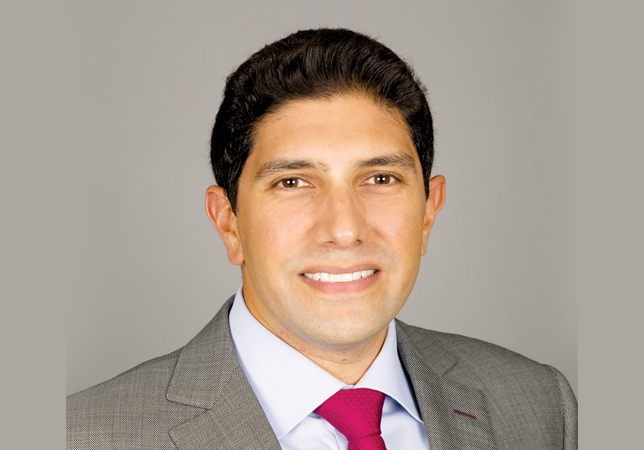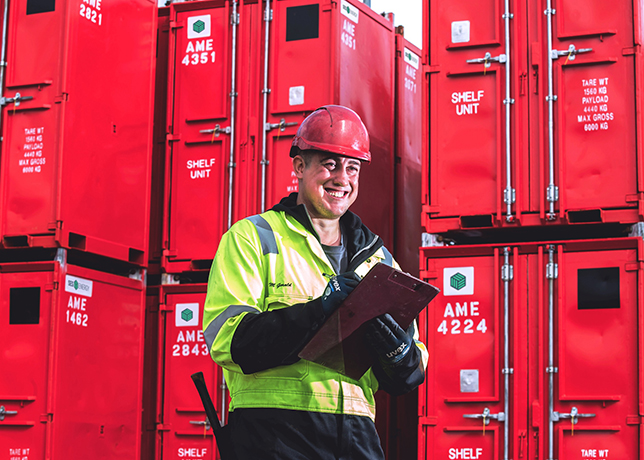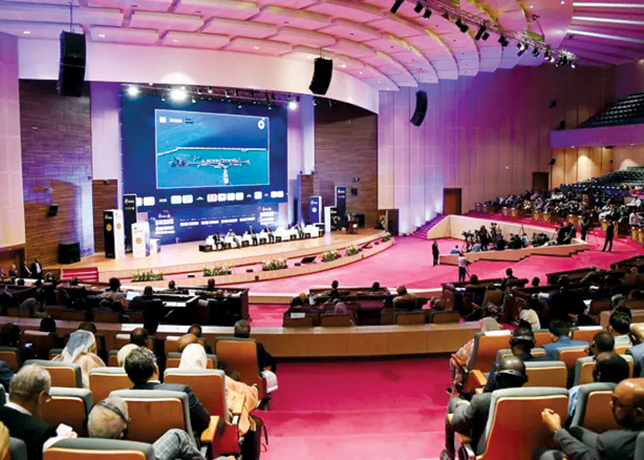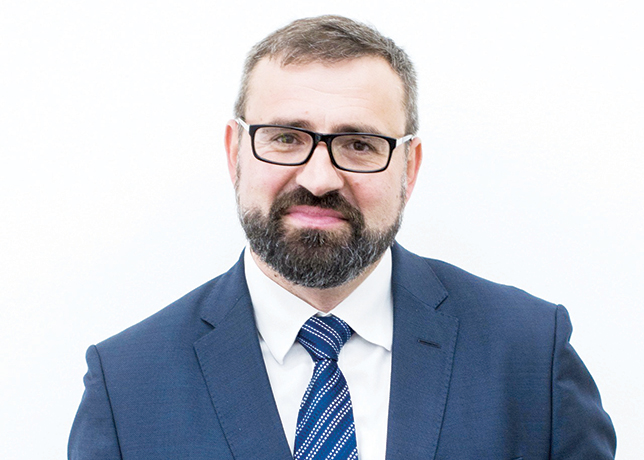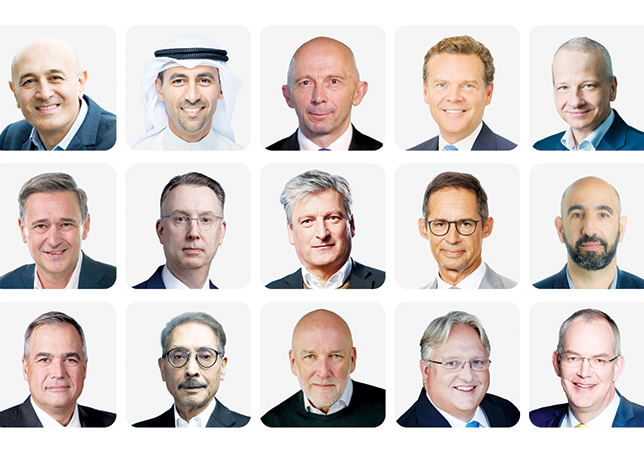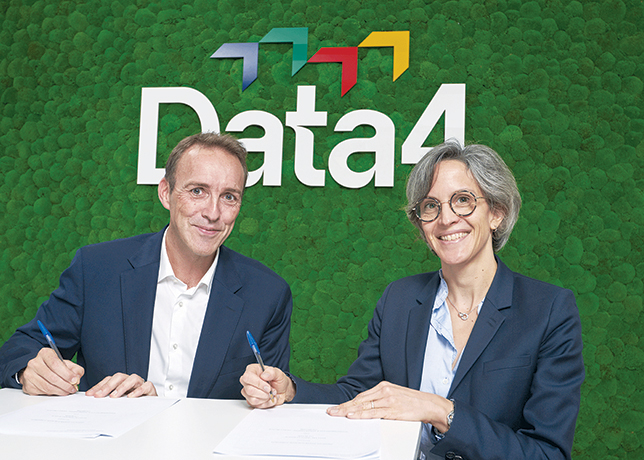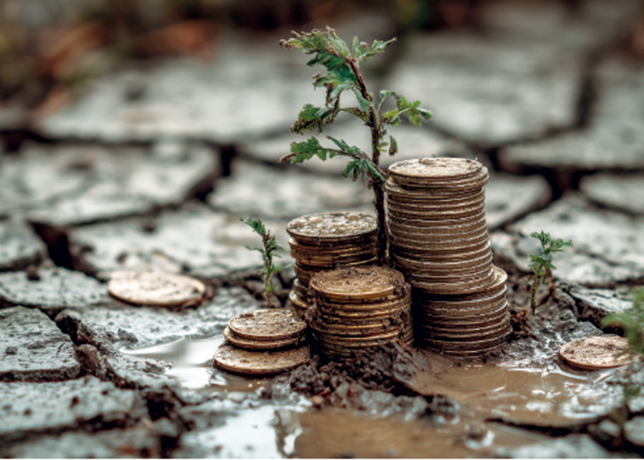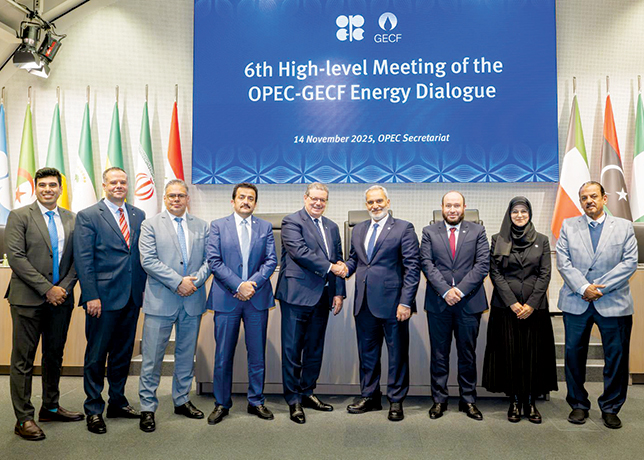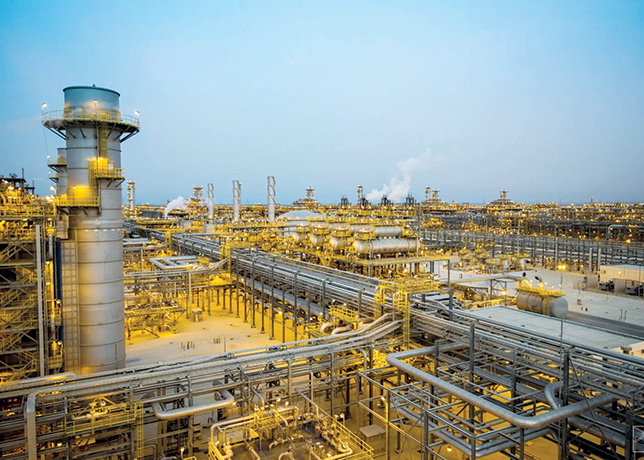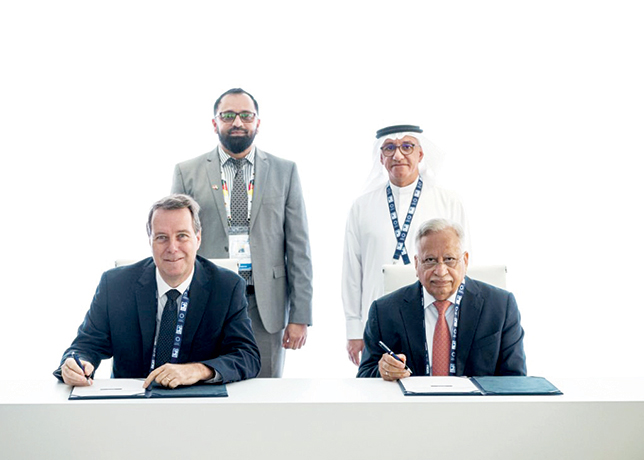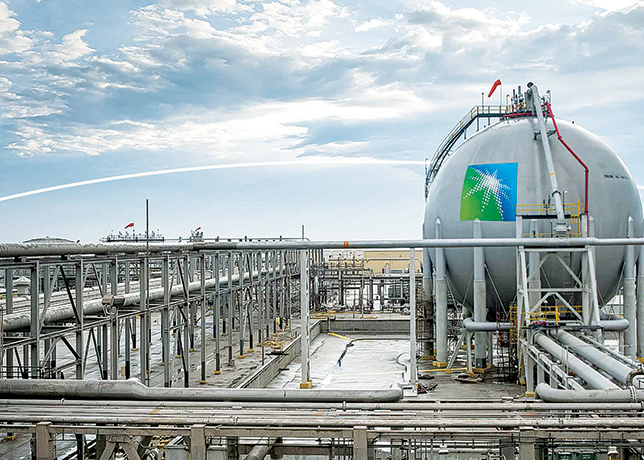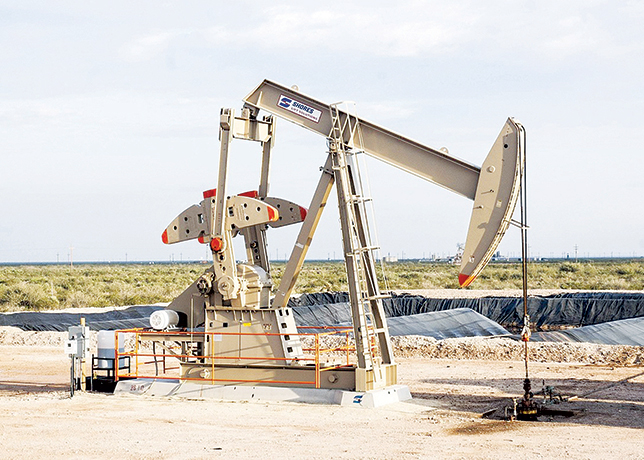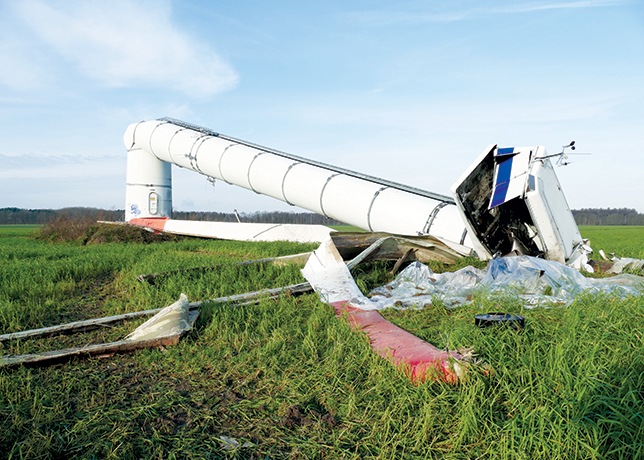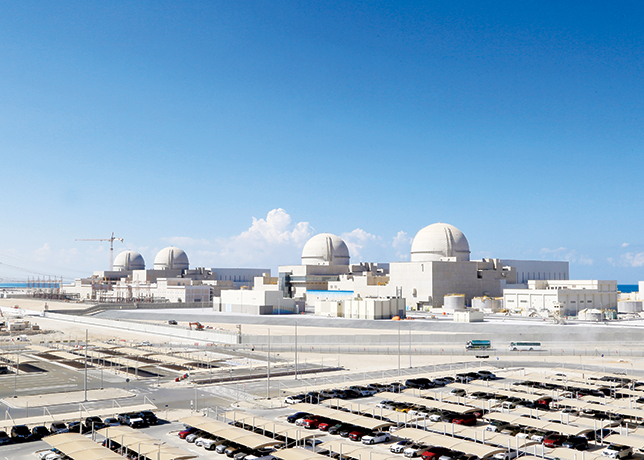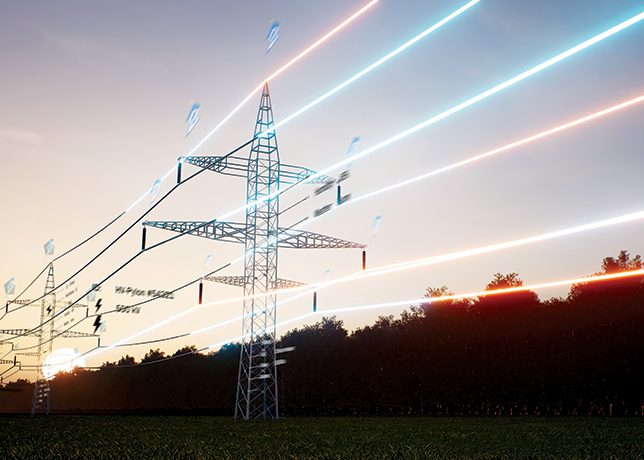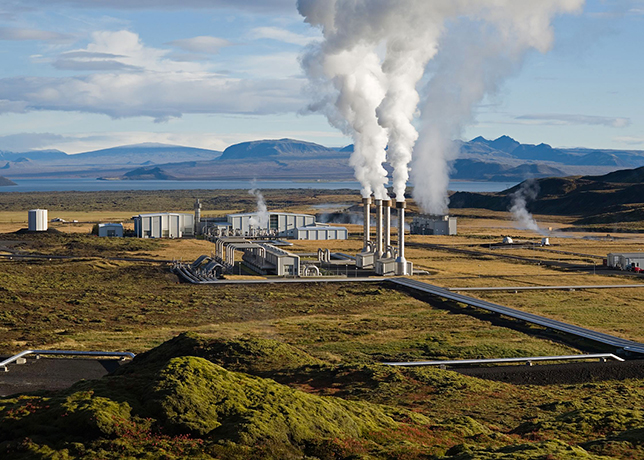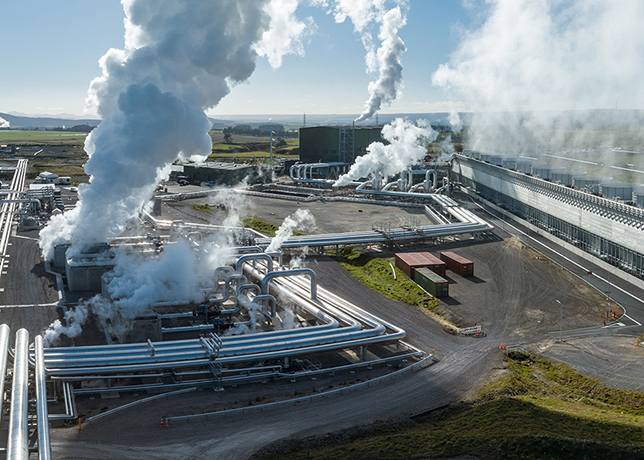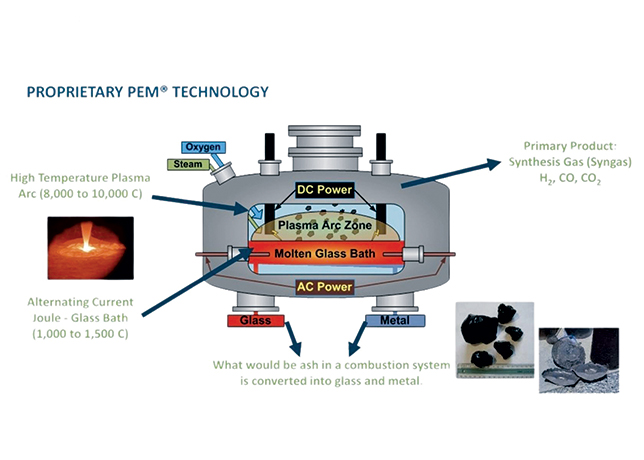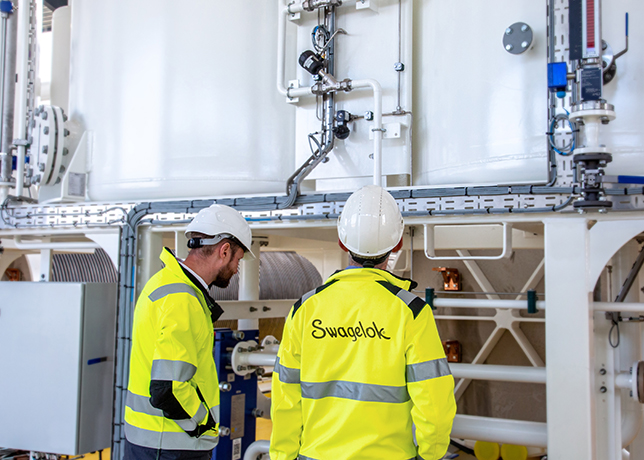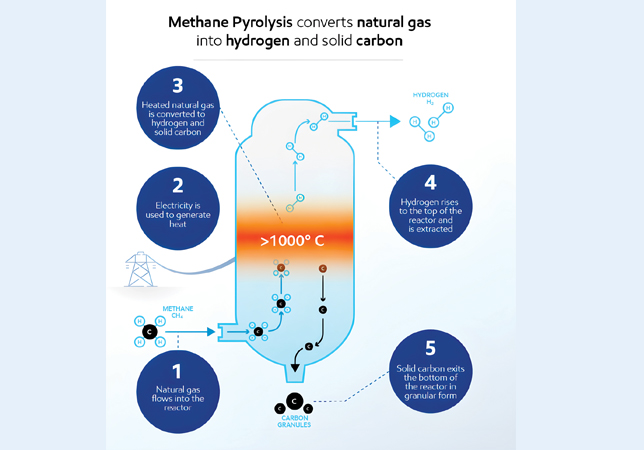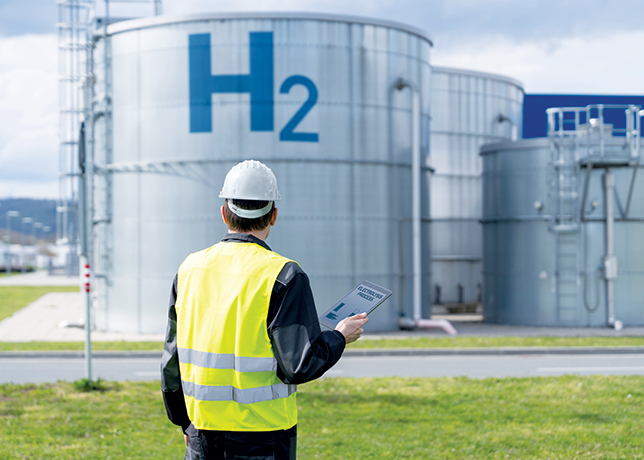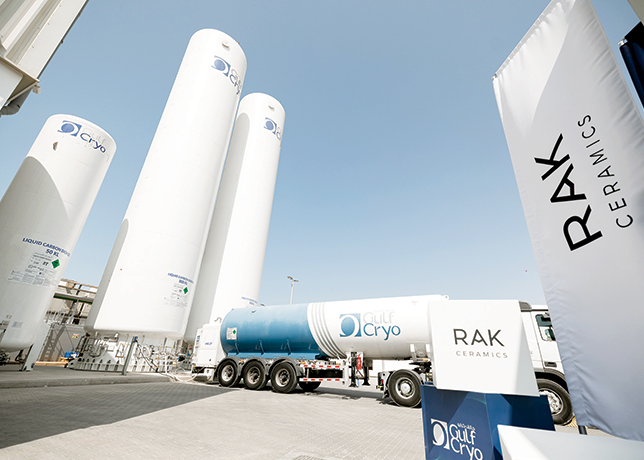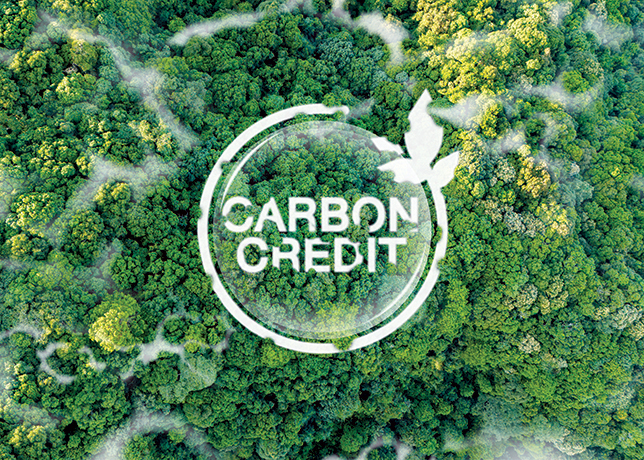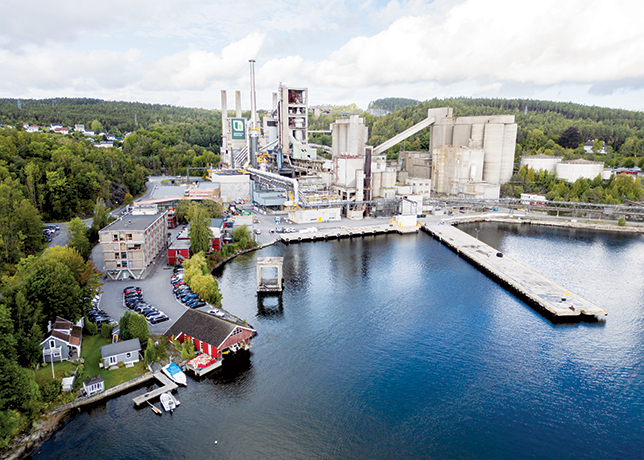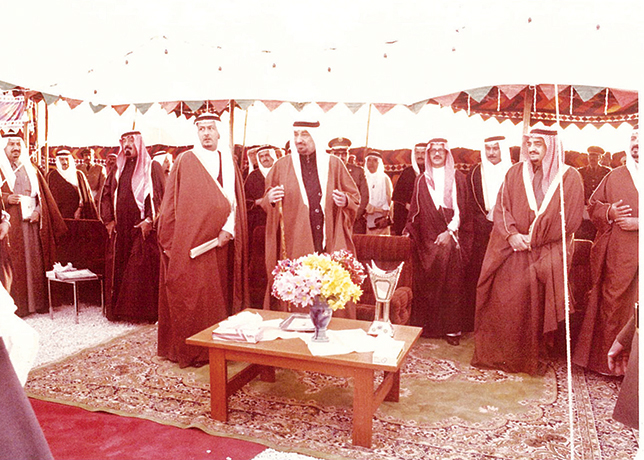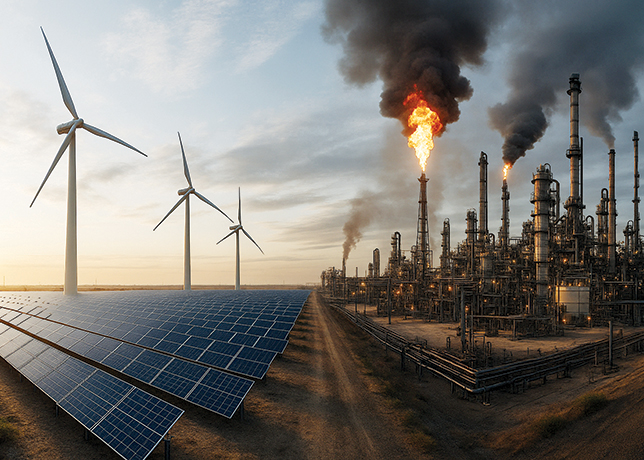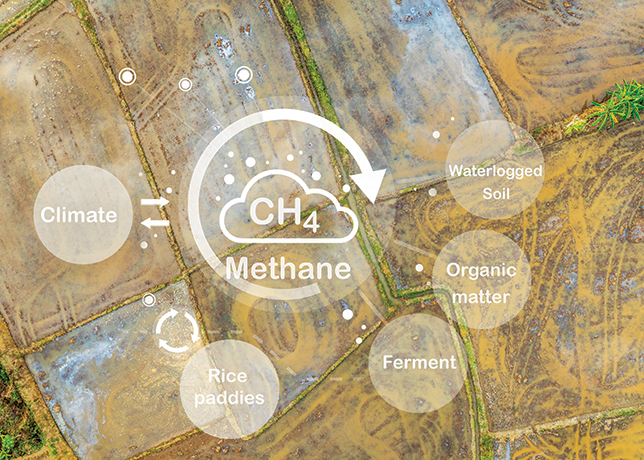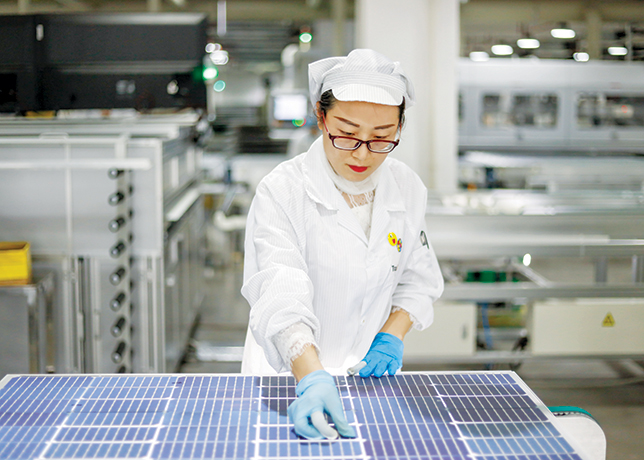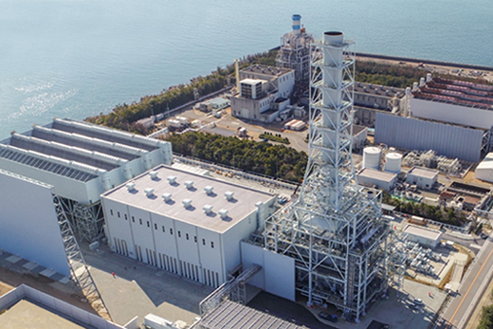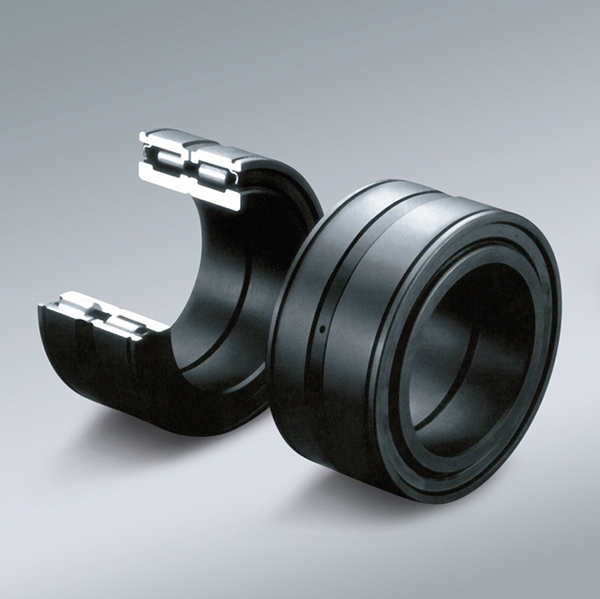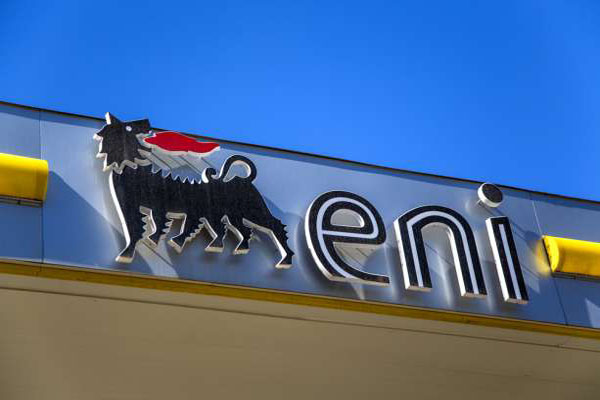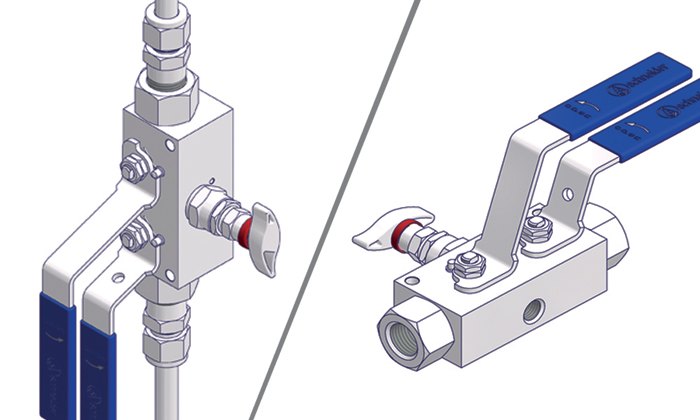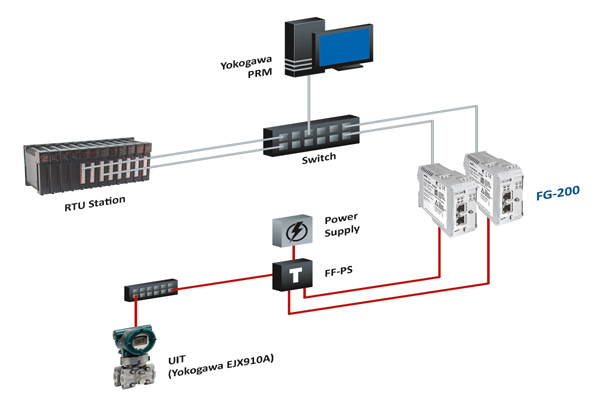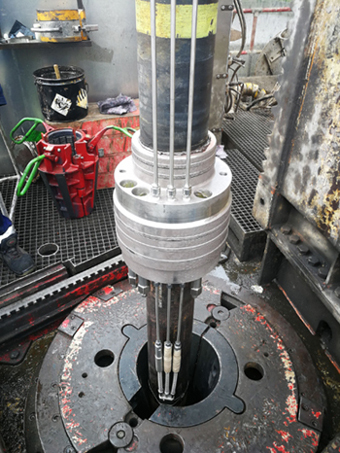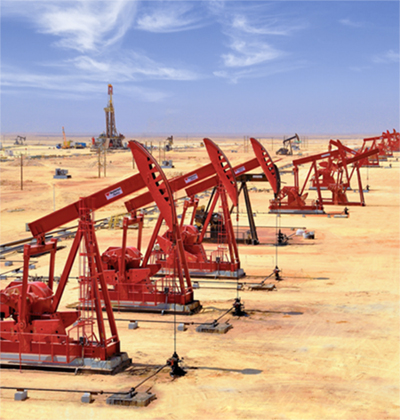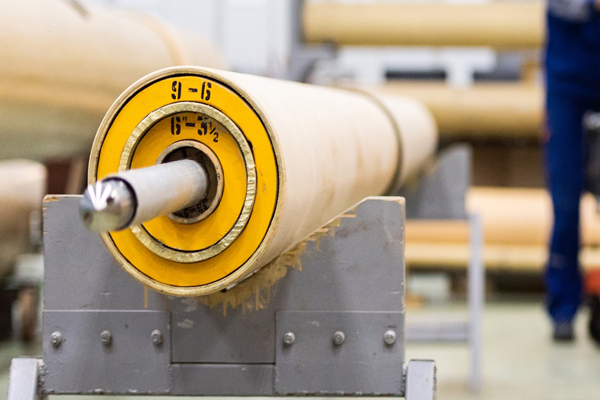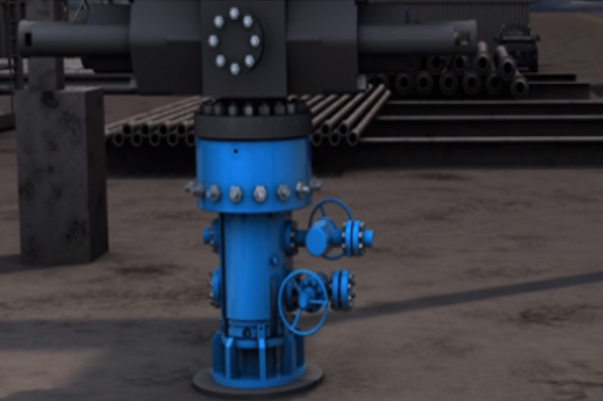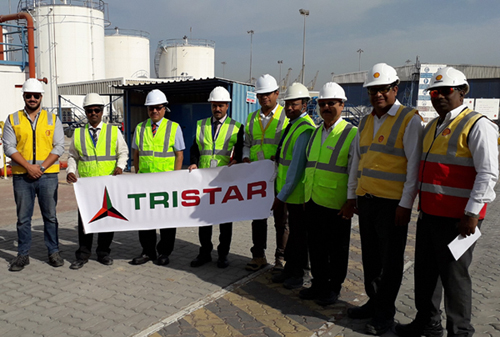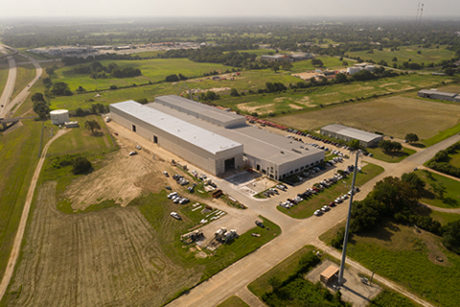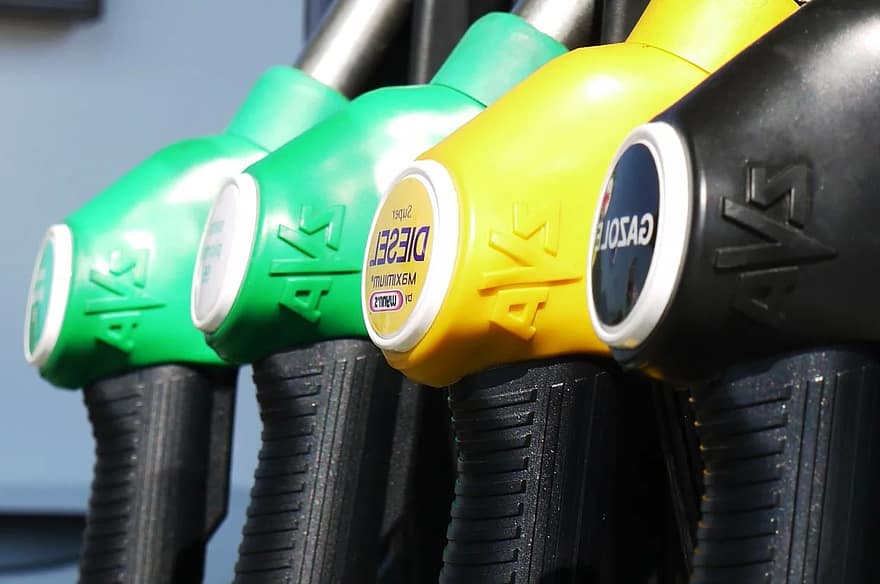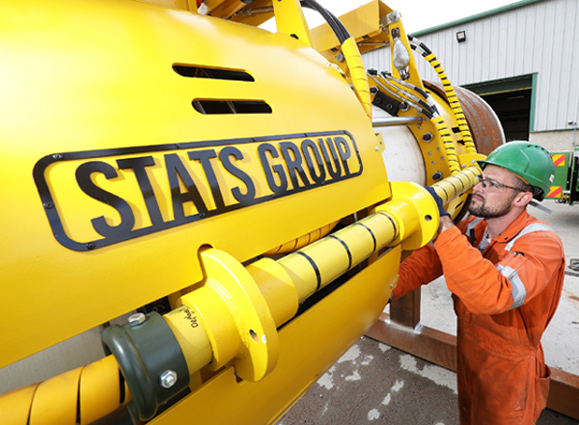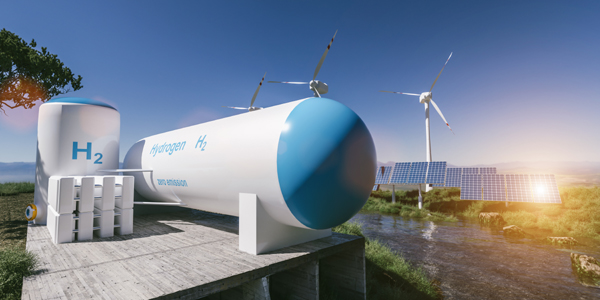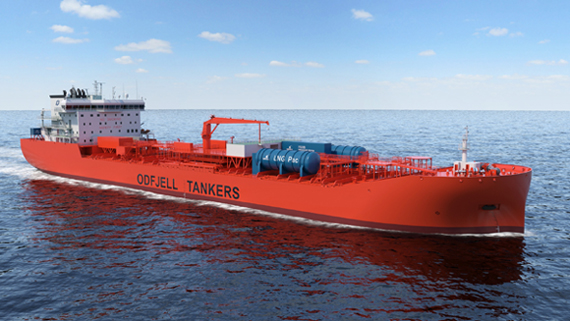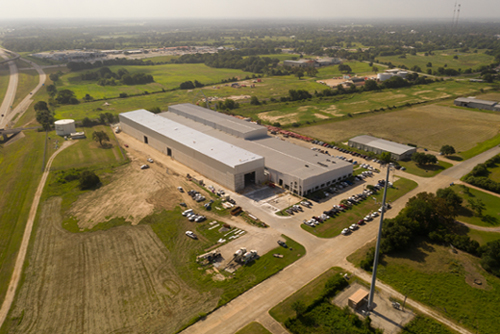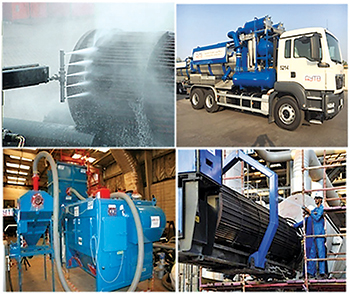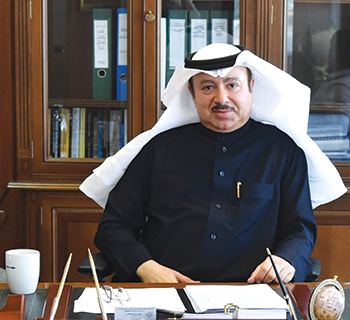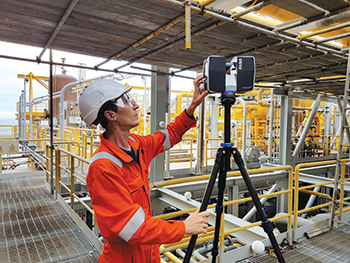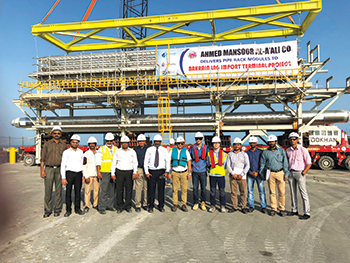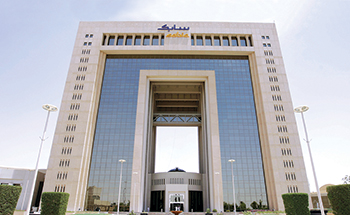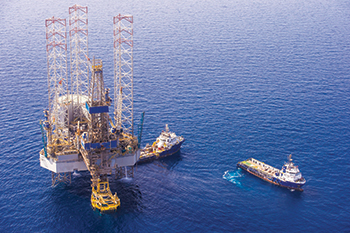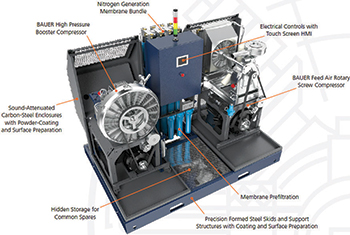
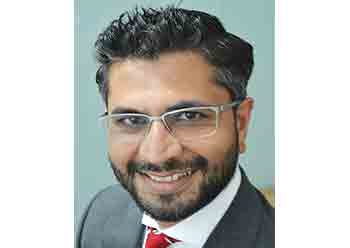 Mubeen Khadir
Mubeen Khadir
The UAE has zero-rated the supply of crude oil and natural gas. The Saudi regulations are silent on relief for the oil and gas sector, meaning supplies are taxable at the standard rate (5 per cent)
Saudi Arabia and the UAE – the two largest economies in the GCC - implemented VAT on January 1, 2018, with the other GCC countries expected to follow over the next 12 months.
It is clearer than ever that GCC is entering a new tax era. But how – and why – will VAT impact the oil and gas industry? Two experts from Keypoint, one of the GCC’s most comprehensive professional business services providers, discuss the issue.
Mubeen Khadir, the head of tax at Keypoint, and George Campbell, an associate director at Keypoint and recognised as a leading expert on VAT say that in February, the Opec countries produced just over 30 million barrels of oil a day (mbpd), with the four GCC members (Saudi Arabia (10.0 mbpd), the UAE (2.9 mbpd), Kuwait (2.7 mbpd) and Qatar (0.6 mbpd) producing over half of Opec’s total crude.
 |
George Campbell |
Despite ongoing diversification efforts, the oil and gas sector is central to GCC economies and producers have been hit hard by the substantial dip in the oil price since 2014. Over the last 24 months, we have seen a slow but steady recovery in the price of a barrel of crude. Could VAT affect that gradual recovery?
On first reflections, it seems unlikely. Even at $60/barrel, oil and gas is big business. The industry has always prioritised operations – which makes commercial sense. However, consider the position of a drilling manager who loses a drill bit. From an operational perspective, the immediate challenge is to replace that drill as quickly as possible. The VAT ramifications of where a drill bit comes from can be significant – even at a low standard rate of five per cent. How will this awareness be built into operations? Or should we look at the issue with a more macro lens?
The UAE has zero-rated the supply of crude oil and natural gas. The Saudi regulations are silent on relief for the oil and gas sector, meaning supplies are taxable at the standard rate (5 per cent). What does that mean for downstream companies? In the UAE, producers (even if they don’t export) will be in a refund position – which means they will be waiting for the tax authority to refund their input VAT.
Further down the supply chain, retailers may gain a cashflow advantage as they haven’t incurred VAT on their crude oil or natural gas purchases. However, relief isn’t being passed on to Emirati consumers – they still incur VAT on their petrol at the pump. In contrast, retailers in Saudi bear the cash flow burden of 5 per cent upfront.
Two more issues might significantly affect cash flow for oil and gas companies: the timing of VAT accounting and VAT incurred on large capital projects. VAT is accounted for at the earlier of a supply being made or an invoice being produced so may be payable a long time before payments are collected.
VAT incurred up-front on capital expenditure is likely to leave businesses waiting for VAT refunds, particularly if production – and so income flow – occur years later.
On a technical level, the place of supply is a key VAT issue. The differences between onshore and offshore production - or of a field-specific seismic contract (the place of supply is where the seismic test takes place) and a fixed-term seismic contract (the place of supply is where the customer is based) are both intricate and technical.
Key decision makers at oil and gas businesses in the UAE and Saudi Arabia need to ensure they understand the intricacies of VAT and strive to maintain VAT-compliance across their processes and systems, while their counterparts in the other GCC states need to start preparing now for significant change.






